As I look out my window today I remember what it was like at this time of year; it is the middle of February and still the snow is falling and the piles of it are getting higher and higher. Back then any sunny day would make me anxious for spring to come with the brightly colored bulbs of yellow, purple, blue and even white poking through patches of bare soil. Yes I am speaking of the first flowers of this early spring here which have a big impact. The Crocus are running amuck through the city in the parks and yards and have even gone rogue in some places! I offer up to you the group of Crocus hybrids sometimes called ‘Dutch Crocus’ to brighten your very early spring.
There are about 80 different species of Crocus with many subspecies and varieties. Of that group only about 30 species are regularly grown by collectors and us regular people.There are 2 distinct groups ones which flowers in spring and those which bloom in autumn. Of the autumn group we would be familiar with Saffron Crocus which produce Saffron for culinary uses, the spice comes from collecting the stamens from the flowers. Crocus species originate from a large area from north Africa into south-central Europe all of Italy and eastern Europe to Russia and down through former Yugoslavia and Greece, crossing through Turkey and as far east as Afghanistan and south into the Middle East Asia. .
Most of us are more familiar with the spring blooming named hybrids which are commonly called Dutch Crocus. This group of Crocus have been developed over several hundred years of careful selection of the best flower qualities. ‘Dutch’ Crocus are a group of hybrids which are primarily made up of crosses made from 5 species of which the 3 predominant are C. vernus(with the largest blooms), chrysanthus(color) and biflorus.

Here Crocus have taken over a lawn at this time of year and have revert to a color which is similar to what they look in the wild.
No one really knows were these 3 species of Crocus began to hybridise as it is possible their paths crossed in the wild. Vernus is from the Pyrenees in Europe into Yugoslavia, Chrysanthus also is found in Yugoslavia Romania, Greece and into southern Turkey. From there biflorus is found in southern Greece into Turkey and as far east as northern Iran. We do know that several species of bulbs ended up being sent to Carolus Clusius at the Botanical Garden in Leiden in the mid 16th century.

The golden-yellow color of Dutch Crocus early in the spring is one of the gaudiest sights in the garden.
Ambrosius Bosschaert the Elder (1573-1621) specialized in painting flowers and included a golden Dutch Crocus in one of his paintings. By 1629 a yellow Crocus had made their way to England and were being written about. By the early 1700s lists of bulbs were carefully cataloged with their prices by sellers of the product and more color forms we re becoming known.
All Crocus species are generally easy to grow and adaptable to most soil types. The one thing Crocus hate is overly wet stagnant soil which causes the bulb to rot. To improve soil drainage add sharp sand. If Crocus like where they are growing they will multiply by growing many tiny new bulbils which can be removed and replanted. Crocus should be planted at least 15cm(6 in.) apart and 5-8 cm(2-3 in.) deep in the ground. It is best to plant or replant bulbs in the fall 1-2 months before frosts come to the garden, this gives the bulbs a chance to start growing their roots firmly into the ground.
Dutch Crocus are fairly hardy and take about zone 5 (-29 c. or-20 f.) – temperatures with ease and if you give your plants so extra protection or more snow they can take even colder situations. Crocus grow well in gardens and can be used as edging plants, accents or specimens in a winter garden. Crocus make excellent container plants and can be transferred into the garden later if you like. Another thing they can be used for is naturalizing in lawns and grassy areas, this is because they will grow and decline into dormancy before you need to do your first mowing. Here there are several parks where the plants have spread into the lawns and look spectacular at this time of the year, later people are unaware that they are walking over the areas where the bulbs have gone dormant.
Pacific Bulb Society have very detailed pages on many Crocus species: http://www.pacificbulbsociety.org/pbswiki/index.php/Crocus
Ambrosius Bosschaert the Elder was a fantastic painter of flowers and floral displays: http://en.wikipedia.org/wiki/Ambrosius_Bosschaert
The Wiki page on Crocus is interesting: http://en.wikipedia.org/wiki/Crocus
……….Hope to see you around these pages soon………..




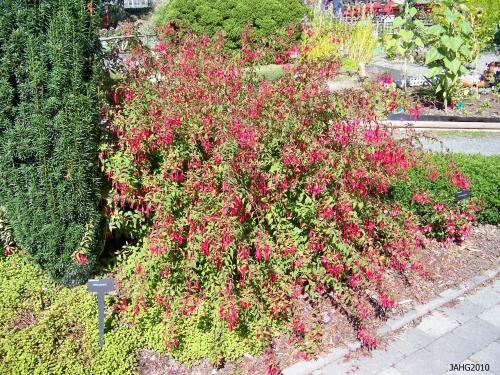
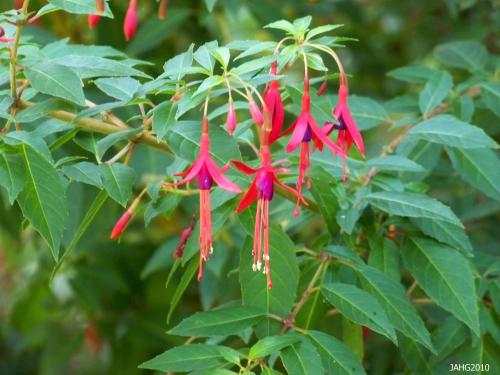
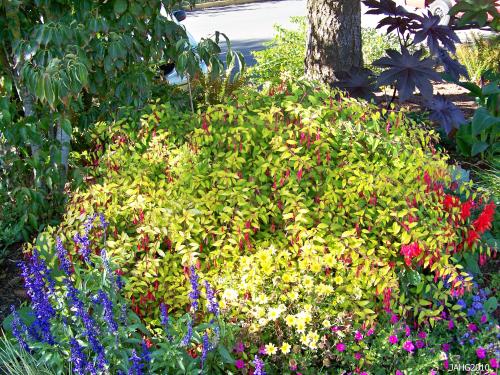
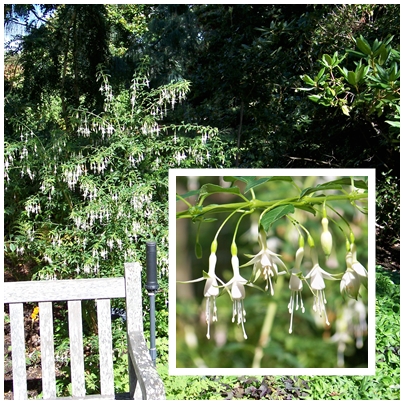
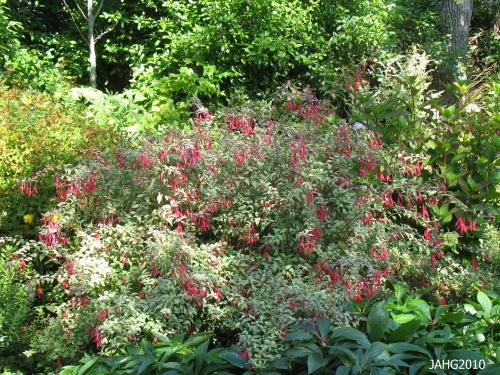
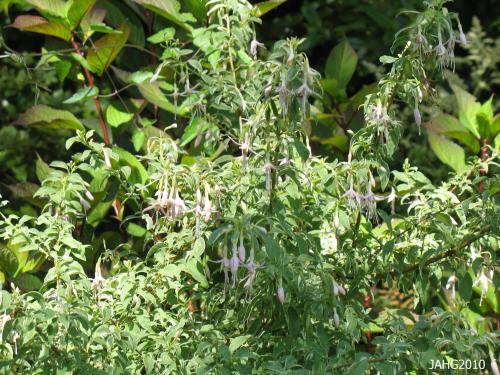
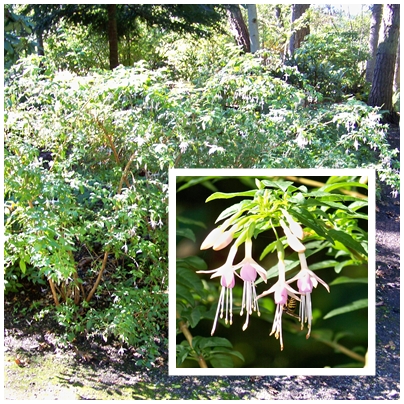
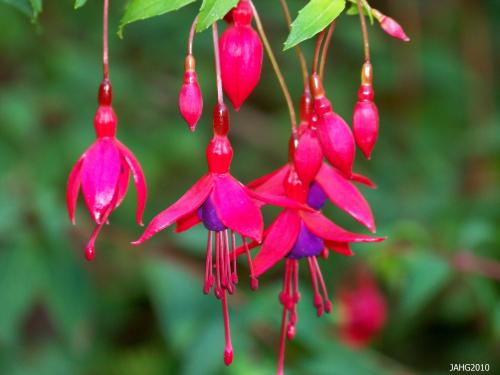




















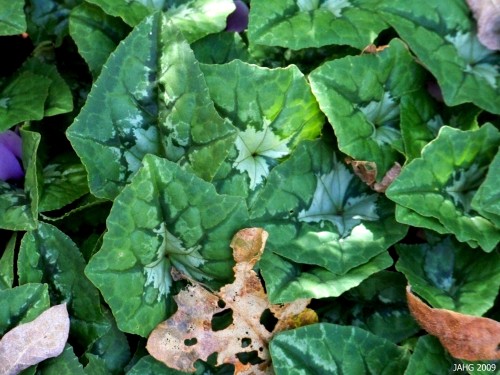
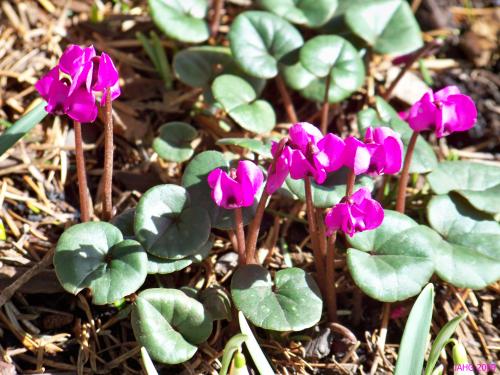

























 Stumble It!
Stumble It!






